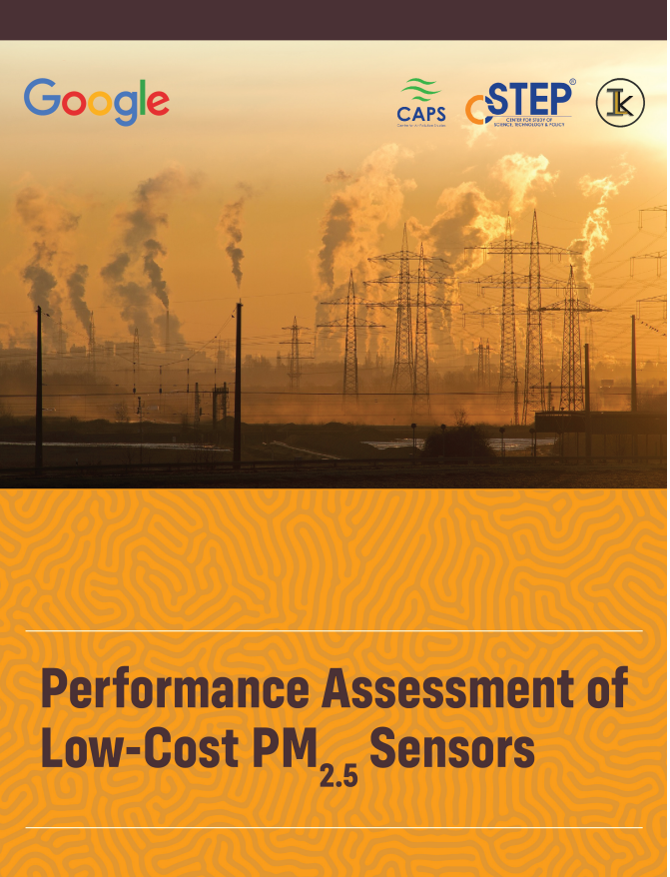Air pollution monitoring is an important aspect of air quality management. Strategically placed sensors can monitor air pollution and provide detailed information on air quality and its variability within a region. Low-cost sensors (LCSs) that measure PM2.5 (particulate matter with a size less than or equal to 2.5 microns) are becoming increasingly popular for monitoring air pollution because of their low cost and portability. However, the low cost and portability come with trade-offs on data quality, reliability, and shelf life.
Most of the LCSs quantify PM2.5 based on the light scattering technique, which is sensitive to environmental factors (e.g., humidity in the atmosphere) and the optical and microphysical properties of particulate matter (PM) in addition to the particle concentration. This can introduce bias in LCSs measurements of PM, thereby requiring evaluation before reporting/publishing. A common method of evaluating the performance of LCSs is by analysing the field collocation (side-by-side installation and collection of data using LCSs and a reference-grade instrument) data.
In this technical note, we report the performance of various LCSs by comparing their PM2.5 measurements with a collocated reference-grade instrument.

Meenakshi Kushwaha, Pratyush Agrawal, and Adithi R Upadhya are the other authors of this technical note.
Click here for the Press Release.
